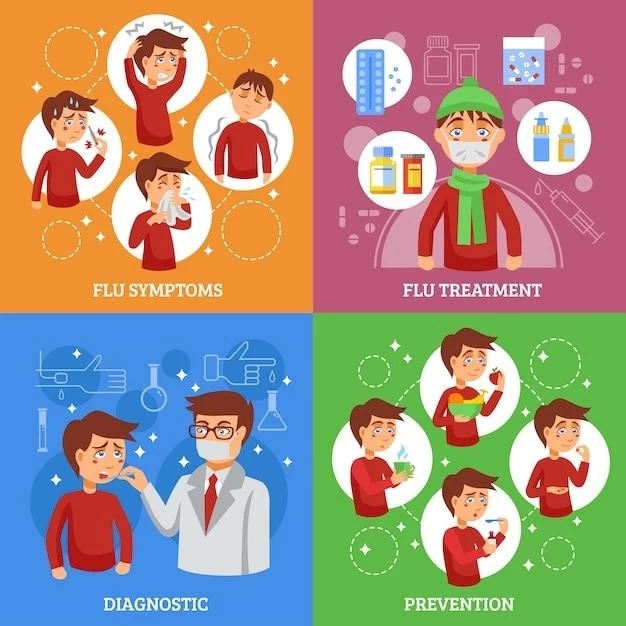Overview of CREST Syndrome
CREST syndrome, a rare autoimmune disorder, combines a range of symptoms affecting the skin, connective tissues, and internal organs.
Definition and Symptoms
CREST syndrome is characterized by Calcinosis, Raynaud’s phenomenon, Esophageal dysfunction, Sclerodactyly, and Telangiectasia. Calcinosis involves calcium deposits in the skin, Raynaud’s causes color changes in extremities, Esophageal complications impact swallowing, Sclerodactyly leads to skin thickening, while Telangiectasia presents as small red spots on the skin.
Causes of Calcinosis in CREST Syndrome
Calcinosis in CREST syndrome is believed to result from abnormal calcium metabolism and deposits in the skin and other tissues.
Pathophysiology of Calcinosis
Calcinosis in CREST syndrome arises from the deposition of calcium salts within the skin and subcutaneous tissues, triggered by inflammation and altered metabolism. The exact mechanisms leading to this phenomenon are not fully understood, but it is thought to involve an imbalance in calcium regulation and cell signaling pathways, contributing to the formation of calcific nodules and plaques.

Managing Raynaud’s Phenomenon in CREST Syndrome
Management of Raynaud’s in CREST syndrome involves lifestyle modifications, medication, and avoiding triggers to improve blood circulation.
Therapeutic Approaches
Therapeutic approaches for managing Raynaud’s in CREST syndrome include vasodilator medications, calcium channel blockers, and lifestyle changes such as keeping hands and feet warm, avoiding cold temperatures, stress reduction techniques, and regular physical activity to promote blood flow.
Esophageal Complications in CREST Syndrome
Esophageal complications in CREST syndrome can cause swallowing difficulties and reflux, affecting overall quality of life.
Types of Esophageal Involvement
Esophageal involvement in CREST syndrome includes dysphagia (difficulty swallowing), gastroesophageal reflux disease (GERD), esophageal strictures, diminished motility, and a higher risk of aspiration pneumonia. These conditions can lead to discomfort, malnutrition, and aspiration-related complications that require careful management and monitoring.
Treatment Options for Sclerodactyly in CREST Syndrome
Treatment for Sclerodactyly in CREST syndrome may include medication, physical therapy, and surgical interventions to manage skin tightening.
Medical and Surgical Interventions
Medical interventions for Sclerodactyly in CREST syndrome may involve topical treatments, physical therapy, and medications to manage symptoms and improve hand function. In severe cases, surgical procedures such as digital sympathectomy or skin grafting may be considered to address skin tightening and restore hand mobility, under the supervision of a skilled healthcare team.
Understanding Telangiectasia in CREST Syndrome
Telangiectasia in CREST syndrome manifests as small red spots on the skin due to widened blood vessels.
Characteristics and Implications
Telangiectasia in CREST syndrome presents as dilated capillaries near the skin surface, visible as red spots. While generally benign, these skin changes can be distressing aesthetically. Monitoring for progression and providing reassurance and cosmetic treatments when needed are crucial for improving the quality of life for individuals with CREST syndrome.
Diagnosis of CREST Syndrome
Diagnosing CREST syndrome involves evaluating clinical symptoms, antibody tests, and imaging studies for accurate identification.
Diagnostic Criteria and Methods
Diagnostic criteria for CREST syndrome involve assessing for the presence of specific antibodies like anti-centromere antibodies, clinical symptoms like Raynaud’s phenomenon, telangiectasia, and skin thickening, along with results from imaging studies such as X-rays and esophageal manometry. A multidisciplinary approach combining physical examination, laboratory tests, and imaging modalities is vital for accurate diagnosis and appropriate management of CREST syndrome.
Lifestyle Modifications for Managing CREST Syndrome Symptoms
Adopting a balanced diet, engaging in regular exercise, managing stress, and avoiding tobacco can help alleviate symptoms.
Dietary Recommendations and Physical Activity Guidelines
For individuals with CREST syndrome, a diet rich in fruits, vegetables, whole grains, and lean protein can provide essential nutrients. Physical activity should focus on low-impact exercises like walking or swimming to maintain joint mobility and overall well-being. Consultation with healthcare providers is crucial to tailor dietary and exercise plans to individual needs.
